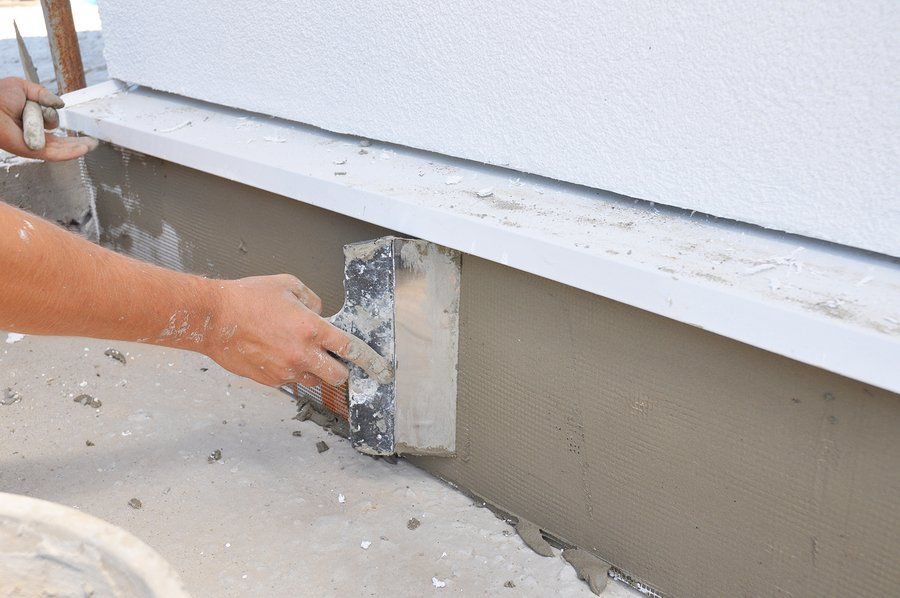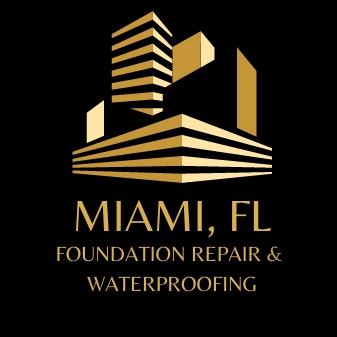Crack Repair Solutions
Crack repair is an essential aspect of maintaining the stability and safety of any structure. Over time, various factors such as soil movement, moisture, and even natural settling can lead to cracks in foundations and walls. Addressing these issues promptly can prevent further structural damage and ensure the longevity of the building. For expert solutions, Miami Foundation Repair & Waterproofing specializes in identifying and repairing foundation cracks, helping to restore the integrity of your property and protect it from future damage.
Types of Cracks and Repair Methods
Cracks can vary in size and severity, ranging from small hairline cracks to larger, more problematic ones. Each type requires a specific repair approach:
Hairline Cracks: These are generally superficial and occur due to minor settling or shrinkage. Though they might seem insignificant, addressing them early on with a flexible filler or crack sealant is crucial to prevent them from growing larger.
Horizontal Cracks: These often indicate more serious structural issues, typically related to foundation movement. Horizontal cracks require professional assessment, and their repair may involve specialized epoxy or polyurethane injections that bond the cracks and reinforce the foundation.
Vertical Cracks: Vertical cracks are relatively common and often form due to normal settling. While they may not be as serious as horizontal cracks, they still need repair to avoid water infiltration and further deterioration. Cementitious crack fillers or epoxy injections can be used to seal these cracks effectively.
Stair-Step Cracks: Typically found in brick or concrete block walls, stair-step cracks often indicate uneven settling of the foundation. Repairing these cracks requires a thorough evaluation and the application of high-strength bonding agents to stabilize the affected areas.

Cementitious Crack Repair
Cementitious materials are frequently used in crack repair for their durability and water-resistant properties. These materials can be applied over cracked surfaces to create a seamless, impenetrable barrier. Once hardened, they provide long-term protection against further cracking or moisture infiltration.
Waterproof Coating for Crack Sealing
Another effective method for crack repair is the application of a waterproof coating directly over the affected area. This coating not only seals the crack but also provides a protective layer that resists future water damage. These coatings are typically applied to both interior and exterior surfaces and are highly effective at preventing cracks from worsening.
Exterior Crack Sealing
Exterior crack repair is essential in preventing further damage from external elements such as rain and temperature fluctuations. The use of specialized sealants, such as tar or acrylic-based compounds, ensures that the cracks remain sealed and protected from harsh weather conditions. This method is ideal for maintaining the structure’s overall integrity and reducing the chances of cracks reappearing.
Membranes for Crack Protection
Waterproofing membranes, made from materials like gypsum and calcium carbonate, are highly effective in preventing cracks from developing further. These membranes are applied over the crack, creating a flexible yet durable layer that resists water infiltration and protects the underlying structure. Membranes are often combined with concrete or composite mixtures for added strength and resilience.
Preventing Future Cracks
Once cracks are repaired, it's essential to take steps to prevent their recurrence. Proper maintenance of the structure, regular inspections, and addressing any foundational issues early on are key to ensuring long-term protection. Crack repair professionals can also recommend the best materials and techniques to use for ongoing crack prevention.
By focusing on crack repair and using the right techniques and materials, you can protect your home or building from further structural damage. Whether you're dealing with small hairline cracks or more significant issues, addressing these problems early can save you time, money, and stress in the long run.Want to explore this subject further?
Our blog is packed with detailed articles that provide comprehensive insights and guidance.
What Our Customers Think
-
Paul. H
Button“There service is not only affordable but also really gets the right result.”
-
George. R
Button“They were able to quickly get on top of the problem we had.”
-
Leslie. N
Button“There’s no service you can trust more if you need a foundation problems corrected. They offer a truly professional service.”




